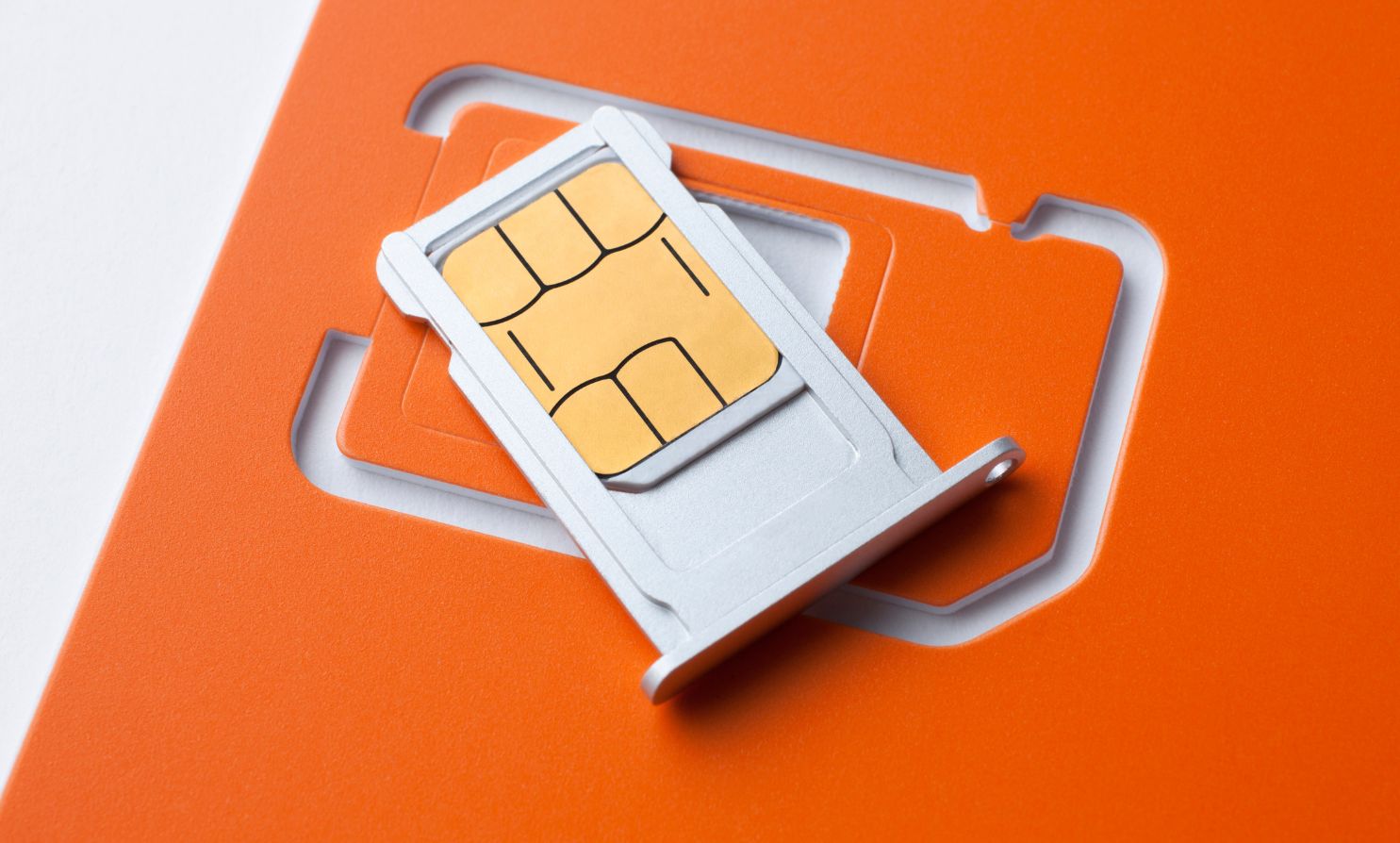In the ever-evolving landscape of mobile connectivity, the debate between eSIM (embedded SIM) and traditional physical SIM cards has garnered significant attention.
Let’s take a look at the pros and cons of each, providing you with a comprehensive overview to make an informed decision.
The Pros of eSIM
1. Flexibility and Convenience
eSIMs shine when it comes to flexibility. Unlike traditional SIM cards, users can switch between carriers without the need for a physical card swap. This flexibility is especially advantageous for frequent travelers, who can seamlessly activate local plans on their eSIMs.
2. Slimmer Device Designs
The compact nature of eSIMs allows for more streamlined device designs. Manufacturers can allocate the space previously dedicated to SIM card slots for other features, contributing to slimmer and more aesthetically pleasing devices.
3. Global Connectivity
eSIMs enable users to enjoy global connectivity without the hassle of acquiring and swapping physical SIM cards in different countries. This feature is a game-changer for international travelers who no longer need to worry about local SIM card availability.
The Cons of eSIM
1. Compatibility Challenges
One major hurdle for eSIM adoption is the issue of compatibility. Not all devices support eSIM technology, and users transitioning to eSIM-enabled devices may face compatibility concerns. It’s crucial to ensure that your device and carrier support eSIM functionality.
2. Carrier Adoption
The success of eSIM is contingent on widespread support from mobile carriers. While major carriers are embracing this technology, some smaller carriers may be slower to adopt it, limiting eSIM users’ choices in certain regions.
The Pros of Traditional SIM Cards
1. Widespread Compatibility
Traditional SIM cards enjoy universal compatibility across a broad range of devices. This ubiquity ensures that users can easily switch between devices without concern about compatibility issues.
2. Easier Transition for Users
Users transitioning from older devices to newer ones find traditional SIM cards more familiar and straightforward. The process of swapping a physical SIM card is well-established, making it more accessible for users of all technological backgrounds.
3. Carrier Independence
Traditional SIM cards allow users to easily switch carriers by replacing the card. This freedom to choose carriers at will can be advantageous, especially in regions with multiple carriers competing for customers.
The Cons of Traditional SIM Cards
1. Physical Limitations
The physical nature of traditional SIM cards imposes limitations on device design. The need for a dedicated SIM card slot can restrict manufacturers in creating slimmer and more innovative devices.
2. Inconvenience in Travel
For frequent travelers, traditional SIM cards can be cumbersome. Acquiring and swapping local SIM cards in different countries can be time-consuming and may lead to connectivity disruptions.
Making an Informed Decision
As technology continues to advance, the choice between eSIM and traditional SIM cards boils down to personal preferences and specific use cases. The flexibility and global connectivity of eSIMs appeal to some, while others appreciate the familiarity and widespread compatibility of traditional SIM cards.
In conclusion, both eSIM and traditional SIM cards have their merits and drawbacks. It’s essential to assess your individual needs, device compatibility, and the level of carrier support in your region to make the right choice for your mobile connectivity.


